
Browse by Category
We All Have Parts (SPANISH)
We All Have Parts: An Illustrated Guide to Healing with Internal Family Systems, is an illustrated IFS psychoeducational tool for survivors of childhood trauma and neglect, now translated into Spanish, by Angela Arenas, a psychotherapist herself.
Available on Amazon in ebook and paperback for customers outside the United States here.
We All Have Parts (FRENCH)
We All Have Parts: An Illustrated Guide to Healing with Internal Family Systems, is an illustrated IFS psychoeducational tool for survivors of childhood trauma and neglect, now beautifully translated in French, by Carole Vacher a trauma therapist herself.
Available on Amazon in ebook and print version for customers outside the United States here.

DOWNLOAD (PDF) A psychoeducational tool to help you get started with Trauma-informed IFS. It introduces symptoms of trauma, window of tolerance, flashbacks, autonomic defenses, attachment styles, dissociation, and essential concepts of Internal Family Systems parts work—all in a friendly and easy-to-understand way. THIS IS A PDF, so it can easily be viewed by you or your clients by sharing your screen on Zoom or other online video platform. It contains the same helpful information as the book, We All Have Parts: An Illustrated Guide to Healing Trauma with Internal Family Systems, but updated to work better as a teaching tool, and with more IFS/Parts language, including the introduction of Self. The book and the therapist flip chart work seamlessly together.
DOWNLOAD (PDF): Learning to rest in a state of calm relaxation is a significant achievement for those of us with hyper-vigilant parts. This script is designed to help you guide your client into calm relaxation by evoking all senses. It’s simple, but it works.
DOWNLOAD (PDF): Most trauma survivors we treat cannot tell the difference between simple ‘joy’ and euphoric 'high'. This is part of the legacy of trauma and/or early neglect. We know that beginning to discern the difference can promote a client's growth in remarkable ways. This script takes a client through the discernment process in a straightforward way. When clients are ready for this intervention, it is a revelation. The process can update parts that it is now safer to embody joy (a quality of Self), than it was in the past.
DOWNLOAD (PDF): Often trauma survivors cannot tell the difference between ‘calm’ and ‘numb’. We know that learning this difference can accelerate a client's growth in surprising ways. This script takes the client through the process of discerning the striking difference between ‘numb’ and ‘calm’. When they experience the difference for themselves, it is a revelation. The process can update parts who fear sliding into numbness, that it is actually safer now to feel calm than it was in the past.
DOWNLOAD (PDF): Getting the negative and positive cognition right during the assessment phase of EMDR, can be difficult and is key to facilitate processing. This laminated cheat sheet is easy for you or the client to scan quickly, so the right negative/positive cognition pair can spring to mind. It is organized by theme: guilt, shame/responsibility, safety/vulnerability, and control/choice. On the back, it includes parts language for how to unblock stuck processing, and how to close an incomplete session by 'tucking in' parts.
A Psychoeducational Tool for Unlocking the Incredible Healing Potential of the Multiple Mind
The chart’s simple and easy-to-use design makes it ideal for working with clients to reduce or resolve:
Anxiety, panic, and phobias
Anger and rage
Depression
Post-traumatic stress disorder (PTSD)
Complex grief
Substance use and addictions
Compulsive behaviors and OCD
Unexplained physical symptoms
Chronic illness
Childhood trauma and neglect
Disordered eating
And more!



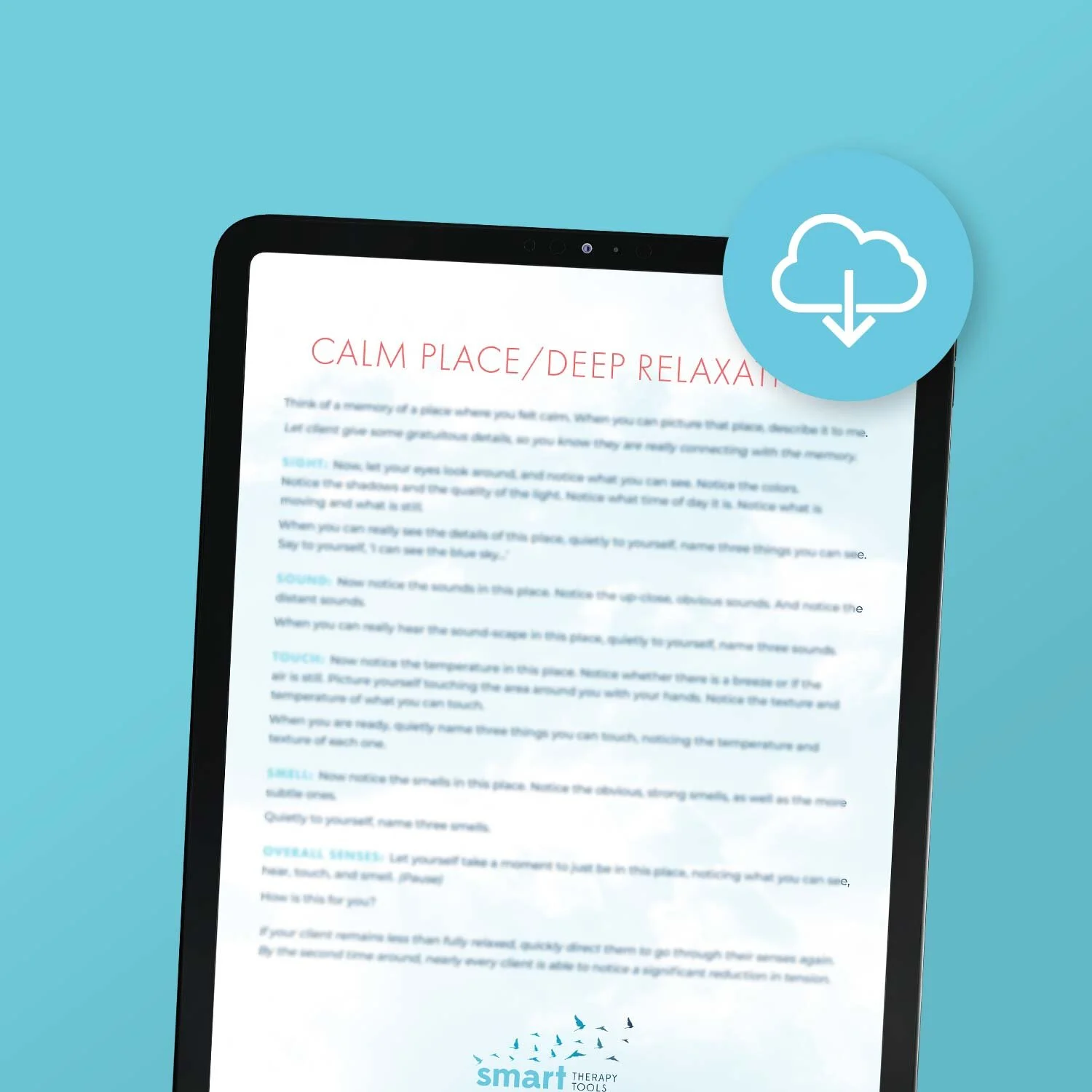
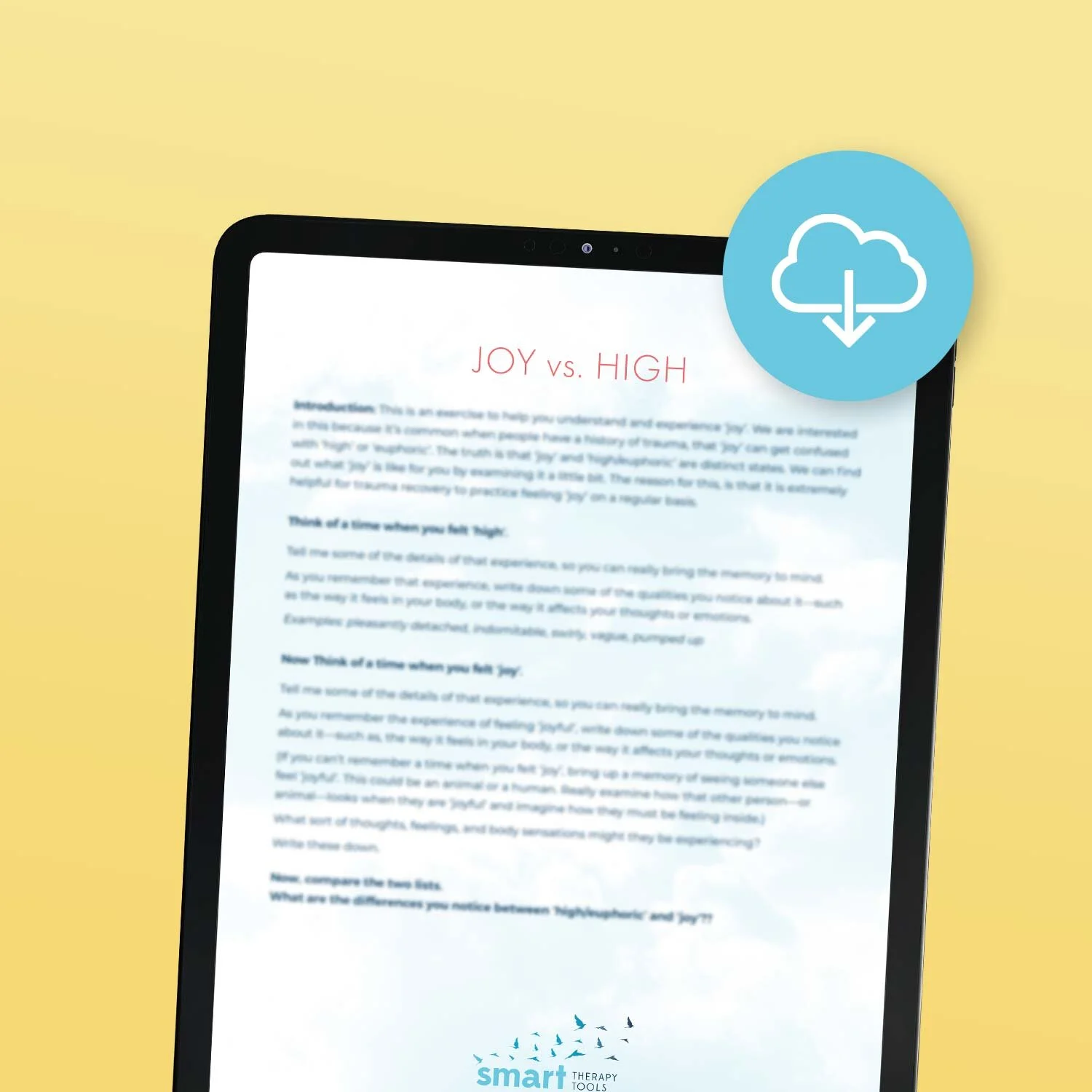
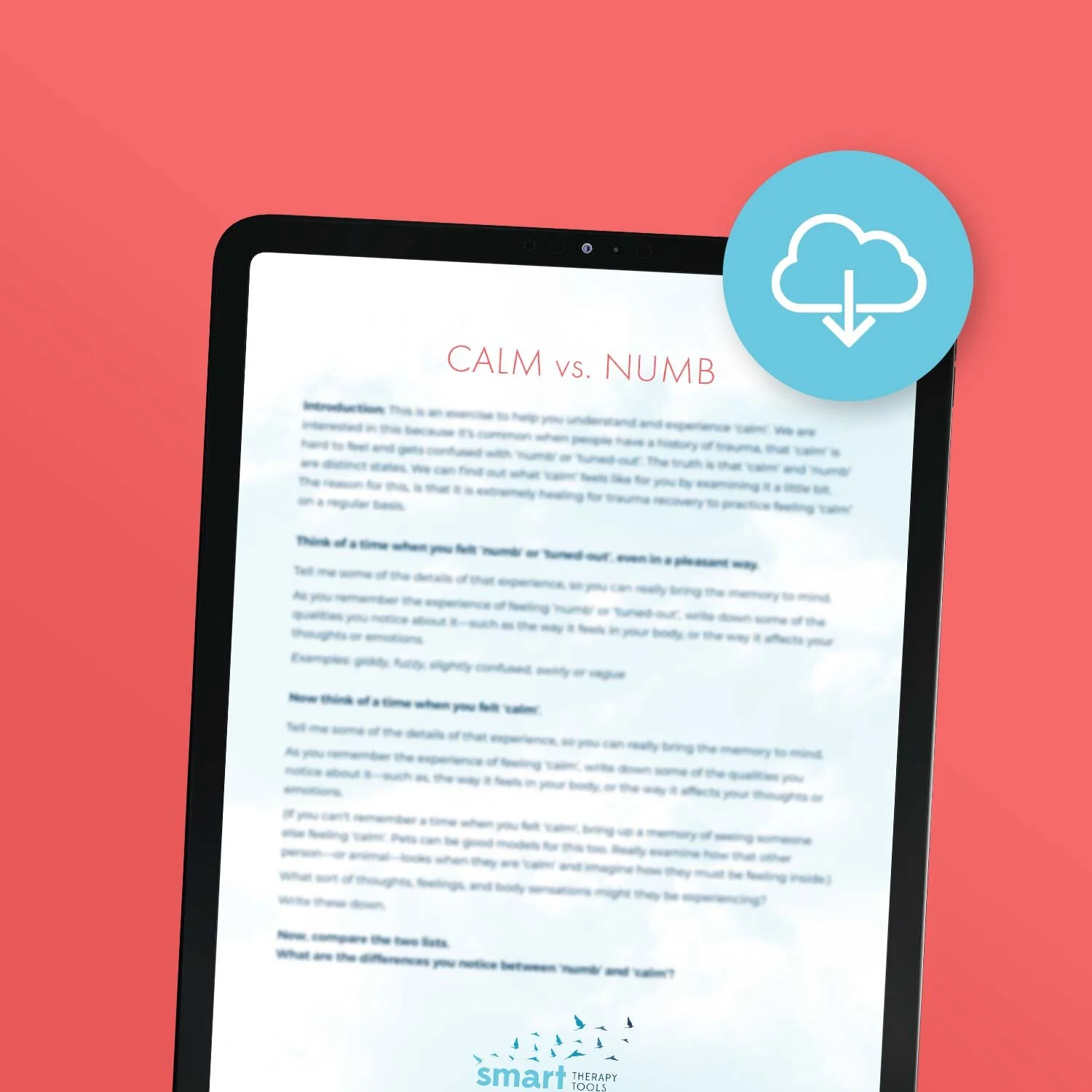
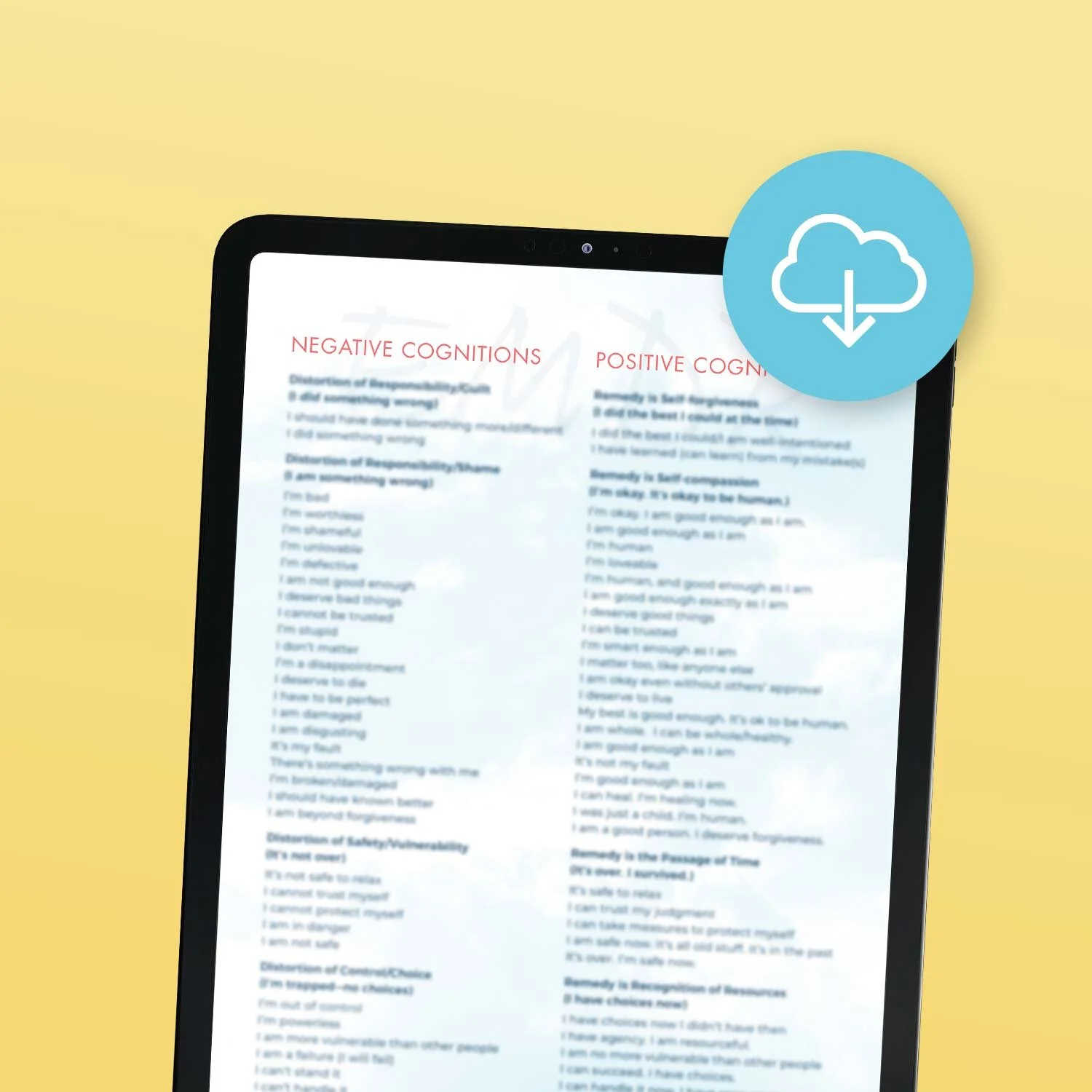
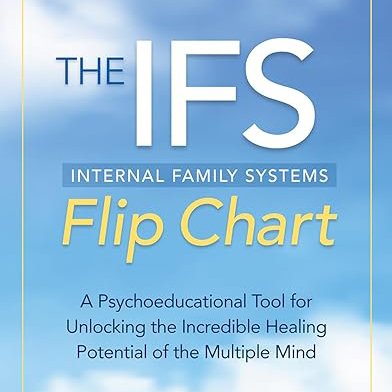
“I love this little book! It clearly and simply conveys many aspects of IFS work with trauma and will help many survivors know what to expect in their inner worlds and how to navigate them safely.”
—Richard Schwartz, Ph.D. creator of Internal Family Systems
An illustrated IFS psychoeducational tool for survivors of childhood trauma, which has sold over 30,000 copies worldwide, in 4 languages.
This is the first book to recommend for clients starting IFS therapy. With simple language and illustrations, this little book will help teach your adult and adolescent clients how to understand their trauma symptoms and how Internal Family Systems (IFS) works to heal them. This powerful therapeutic tool translates complex ideas about trauma and parts work into material that is accessible and easy to understand. Now available in Spanish, French, and Korean!
Practical guidance and illustrations for clarifying and discussing:
Dissociation
Parts mapping
Complex PTSD
Coping strategies
Window of tolerance
Managers, Firefighters, & Exiles
Buy Now